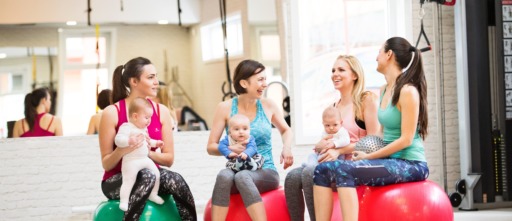FDA Fundamentals workshop: here’s what you missed
On Thursday, 7 March 2024, a large group of companies gathered for the FDA Fundamentals workshop. Lorry Weaver, Principal Consultant at Qserve, came to share all the ins and outs of the key expectations and processes required to achieve FDA clearance of medical devices for the US market. Let’s dive into the recap of this event!
A lot is changing in Europe when it comes to laws and regulations. From 2020, all medical devices marketed in Europe will have to comply with the European Medical Devices Regulation (MDR), even those that have been on the market for years. This will set stricter rules for the safety and traceability of medical devices. It is a daunting task that is making more and more startups curious about bringing their products to the US market.
The move to the US
The implementation of the new European regulations poses new challenges for startups. Alex Lankhorst and Egon Kunnen from AQLANE Medical: “We have a novel bioresorbable urethral implant for the treatment of female stress urinary incontinence. We are now in the MDR process. This is a tough road. It is a challenge for a small company. That is why we are looking at the FDA strategy: what does it entail, and what steps should we take? That way, we can make a proper risk-based assessment before we start.”
Orikami’s Kees Eilander agrees: “Compared to European regulations, the FDA has always been seen as a major challenge. Now it’s the other way around: startups want to try it in America first and then in Europe. You have to have a good understanding of how the game works.” Andreas Baudot of Spierings Orthopedics adds: “We make medical devices, mainly for hip surgery. I think the FDA is a bit stricter. For example, they have different requirements for labelling. So, this workshop is a good first introduction to FDA basics.”
Challenge accepted
In fact, Enzyre is already on an FDA track: “We are creating a platform to bring diagnostics to the patient, both in the hospital and at home or in the doctor’s office”, Danique Steeghs and Michael Lie tell us. “We specialise in blood clotting diseases but want to expand this to include resources for diabetes patients. We are working on a 510(k) clearance to bring our product to the US market. So it’s good to learn the basics.”
Franca Verhaegh and Josephine Dodemont say they are also exploring the possibilities at HCM Medical “We are a contract manufacturer and produce medical products for other companies. We are often asked by our customers if they want to enter the US market. So, it is useful to know what this means for us. With European registrations, a lot of responsibility lies with the product’s owner. Is this different from the FDA? For example, is there more responsibility for us as a manufacturer?”
Diving into the fundamentals
Speaker Lorry Weaver has worked in the medical device industry for 40 years, specialising in FDA. “How did I get here? It was sort of by accident. I am a trained microbiologist; I can work in a clinical laboratory. When I first came out of university looking for a job, no labs were hiring. So, a medical device manufacturer hired me. I started in the quality department. The regulatory department is closely related to that. Regulatory was my favourite. There’s no school to become a regulatory professional. You learn it by working in the industry.




